A side-emitting LED strip light produces light in a direction that is parallel to its mounting surface, whereas regular (top-view) strip lights direct the beam perpendicular to the mounting surface. The usual design allows the light to fit into narrow spaces and provide inconspicuous lighting for architectural enhancements and decorative installations. Shining off the edge of the strip, side emission creates unique lighting applications. The thin, flexible strip can be hidden from view while providing accent, decoration, border or contour lighting for curved coves, domes, cabinetry, counters, bars, toe kicks, staircases, soffits, cornices, valences, handrails, and headers.
Side-emitting LED strips have the same construction with regular LED strips except that the side-emitting LEDs have laterally located anodes and cathodes and are soldered along the edge of the flexible circuit board. The flexible strip light is comprised of parallelly connected LED strings. Each string has one or more LEDs wired in series. A resistor or constant current driver IC is installed in series with each LED or LED string to regulate voltage and prevent a short spike in the current flow from damaging the LED. The flexible circuit board where the LEDs are soldered typically uses polyimide (PI) as the substrate and coverlay film. The copper foil laminated on the PI film should be preferably rolled annealed (RA) copper which has a high tear strength due to its grain structure. The thickness of the copper layer must be dimensioned to equal or exceed the applied power load so that voltage drop across the tape length caused by the resistance will not affect the color or brightness of the LEDs located farther from the power supply. Heavier copper traces also allow for efficient heat dissipation for the LEDs.
In addition to onboard current regulation, maintaining consistency in color and light output across the length of the run requires the use of tightly binned LEDs. The side-emitting LEDs must be sorted to ensure their chromaticity or peak wavelengths, lumen output, and forward voltage fall into a very narrow window of tolerance.

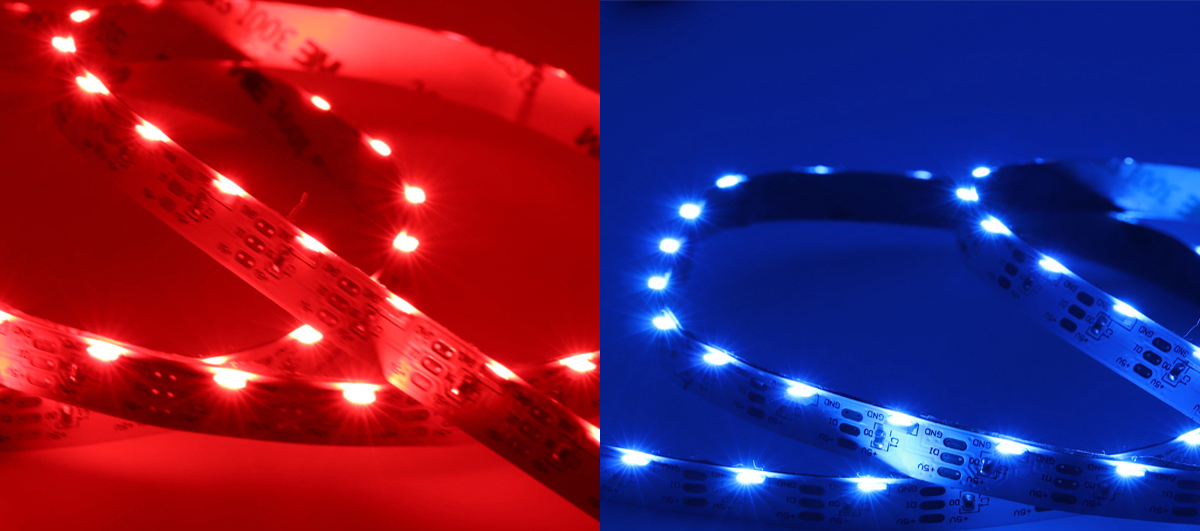
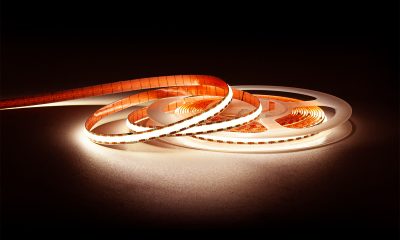




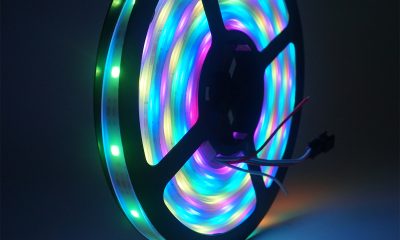
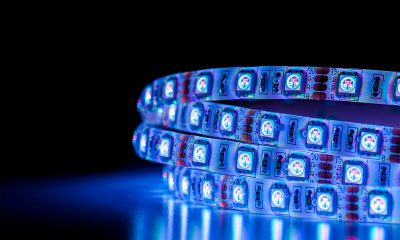


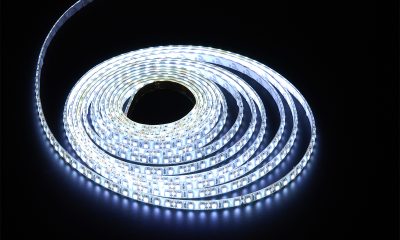
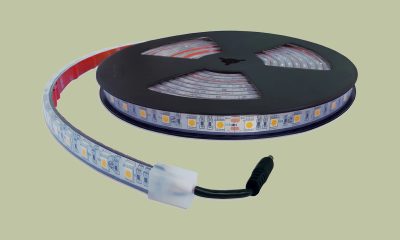
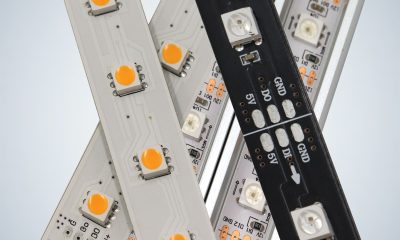





Loading...